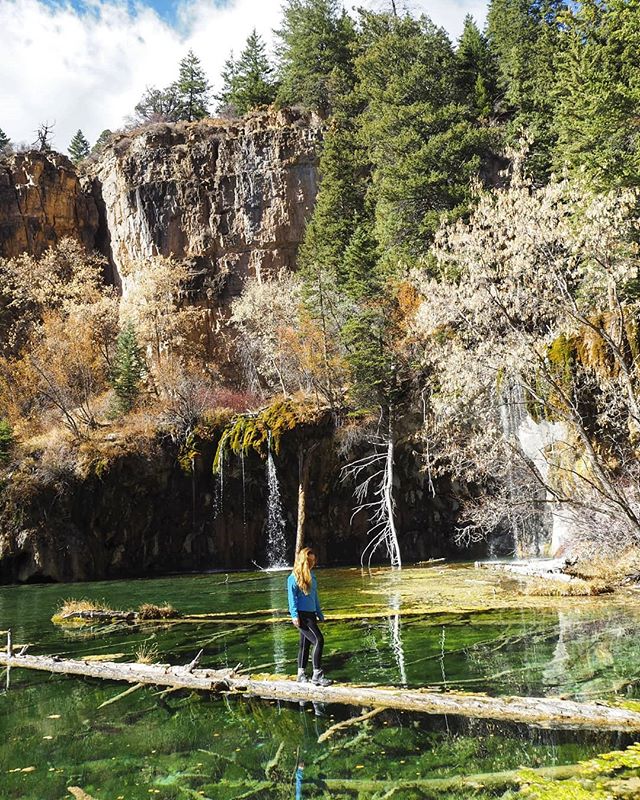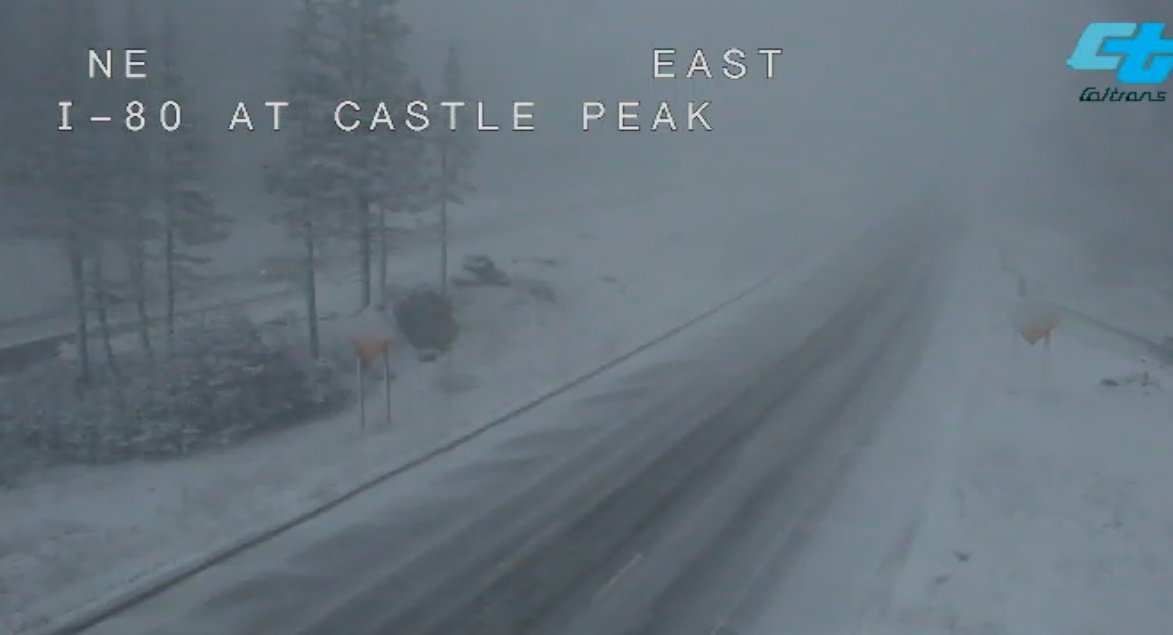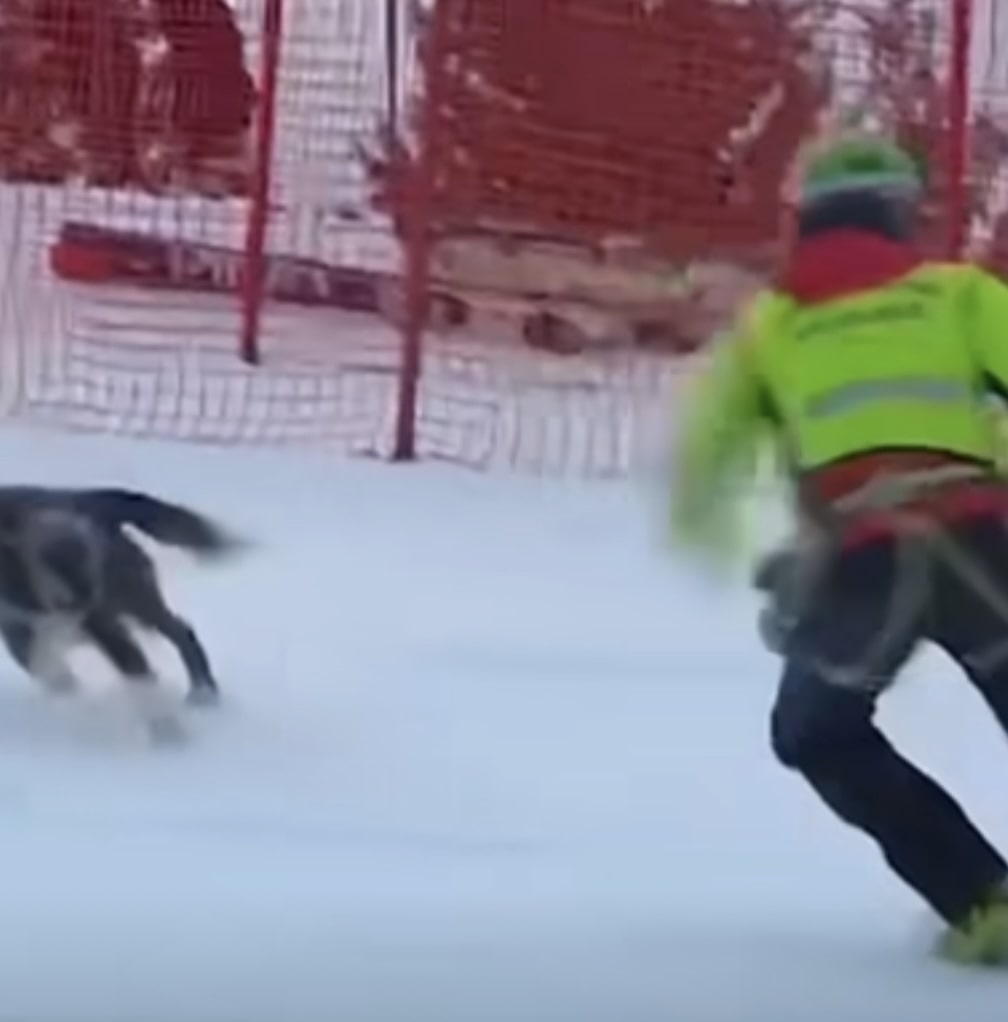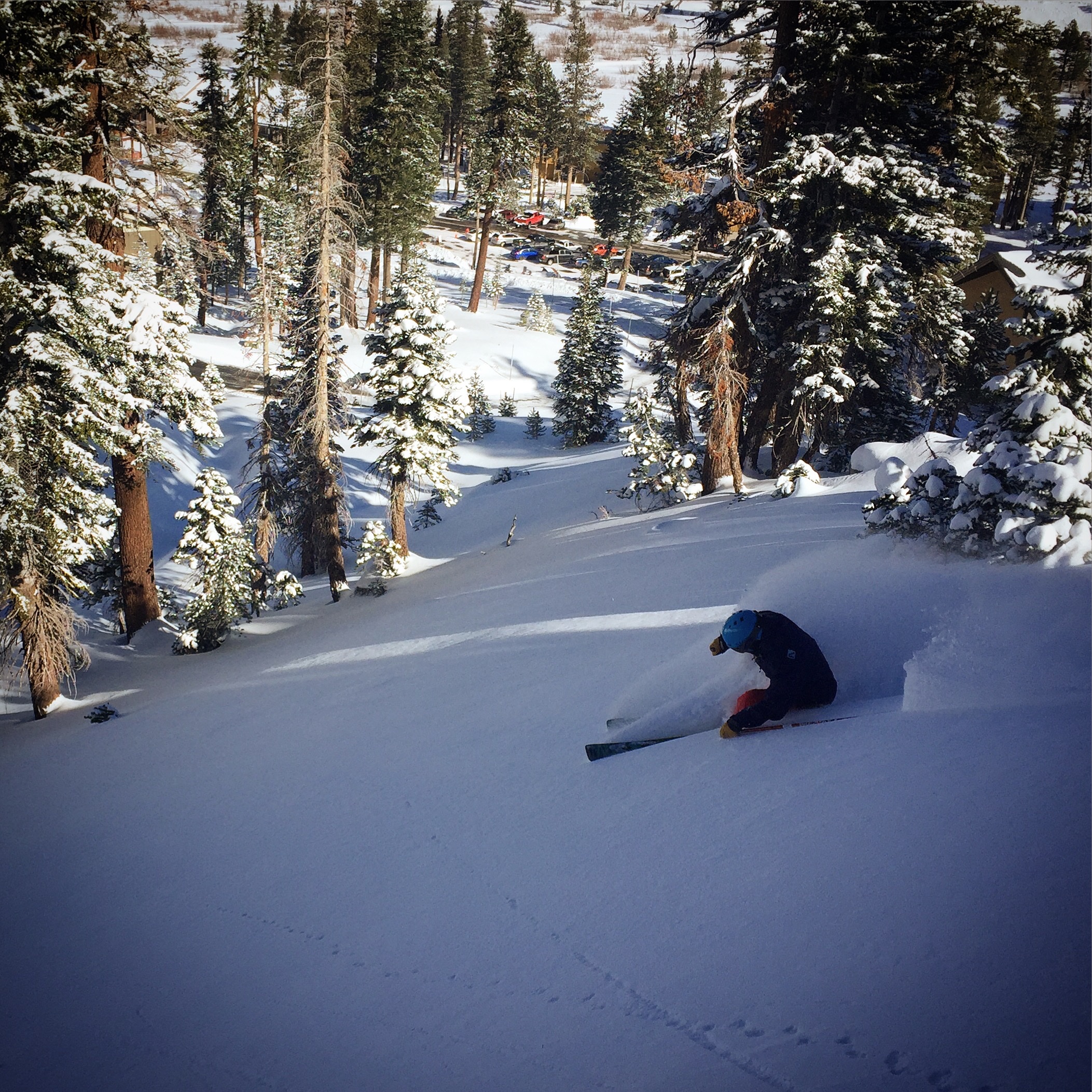Outdoor recreation has quite simply exploded in popularity in the United States in the past decade, with each year seeming to usher in a new record for visitations to our National Parks. Yet, this boom in popularity is coming at a price. As the increased use is not only stretching an already understaffed and underfunded Parks Service but further stressing ecosystems struggling with climate change.
Within the ever-growing crowds of this outdoor recreation boom, an interesting phenomenon has been observed. Previously unknown, or only locally known places that are particularly photogenic can become famous almost overnight. A single photo from an area being posted to the photo-sharing site Instagram can be seen by millions of people. And soon many of those people will flock to this previously unknown spot to witness it for themselves first hand or to snap a photo to add to their own Instagram account.
For locals and longtime visitors of locations that have turned into Instagram hot spots the sudden influx of new visitors, and the resulting degradation is a hard pill to swallow.
“If you go to a popular Instagram location and there’s some trash, and it’s crowded, and it’s noisy, then that’s your snapshot — it’s just another popular, overrun space. But if you knew it before it was like that, then your frame of reference changes, and a holy place has been desecrated.”
– Molly McHugh, Credit: The Ringer
The means and methods that public land managers and advocates are employing to handle Instagram’s impact are proving to be varied and evolving.
At the forefront of discussion around mitigating Instagram’s environmental impact is the use of tags and geotags. Whenever you take a photo on a smartphone geospatial data about the exact location of the photo is collected and stored in the photo’s metadata. If a person so chooses they can retrieve this geospatial data from the metadata and share the exact longitude, latitude, and elevation position from which the photo was taken. Additionally, hashtags can be added to Instagram, and other social media, posts explicitly naming or describing the location of the photo. Tagging and geotagging allow Instagram chasers to eliminate the detective work and go straight to a location to bag their photo. Consequently, the idea of refraining from, or providing broad and generic tags and geotags has emerged. Initially, many professional and semi-professional photographers were against this idea as they felt it hindered them from developing a rapport with their audience and customers. Yet, the idea has gained increasing traction not just with individuals but also with public land managers.
This past November Jackson Hole, Wyoming unveiled a new advertising campaign to educate and inform tourists about responsible outdoor practices. A major facet of this campaign is the request that tourists use tags and geotags responsibly by dispensing with specific tags and instead use the generic tag, “Tag Responsibly, Keep Jackson Hole Wild”. While not everyone is using the new tag, a quick examination of Instagram shows that the tag is actively being used.
Many places that suddenly become Instagram famous reside in wilderness areas, State Parks, municipal parks and open spaces, and other public lands that are not managed for, nor equipped to handle large crowds. The resulting sudden influx is often far more damaging than in heavily managed National Parks. A dearth of entrance fees at most of these locations does not surprisingly result in an absence of funds with which to mitigate the damage. Into this void, many nonprofit volunteer-based nongovernmental organizations, such as the Colorado Fourteeners Initiative and the Wildlands Restoration Volunteers, have stepped forward assuming the mantle of attempting to remediate the damage.
One means of mitigating the crowds and damage is the Leave No Trace Center for Outdoor Ethics’ hot spot program. Leave No Trace solicits input from concerned members of the outdoor community to identify locations that are being degraded due to excess use. These locations are then examined and prioritized. A custom plan of education and remediation is then designed and implemented in conjunction with local authorities.
Perhaps unsurprisingly, Instagram itself is being used to help protect and preserve our wild places. The National Park Service has an account, and it isn’t just used to post amazing images of America’s best idea. Accompanying many of the images is a caption explaining proper outdoor etiquette and preparation for strenuous hikes. This method of outreach and education is being practiced by countless other land managing organizations and rangers. Some account’s go beyond simple education though. The account for the Tilly Jane A-frame cabin in Oregon’s Mt. Hood Wilderness area has been used to recruit volunteers for renovation projects, and to sell hats that funded those renovations.
Not all of the people using Instagram to counteract the platform’s negative impacts on the environment are doing so in a mild manner. The Trail Trash of Colorado account had been used to actively call out and shame people for their bad behavior. Photos of dogs being walked where they aren’t allowed, people feeding wildlife, people swimming where they aren’t allowed, and uncollected trash abounded on the account. Many of the photos being shared by Trail Trash of Colorado had been taken and shared by the perpetrators themselves. The account developed something of a cult following before Instagram suspended the account without explanation last August.

Clearly, there is a myriad of ways to lessen the impact that Instagram has on our wild places. Yet, they are all only partial solutions. The only real solutions to this problem are to better educate the outdoor community about leave no trace principles and responsible outdoor behavior and to make more funds available to public land managers for maintenance and education. All told American’s spend upwards of $887 Billion dollars on recreation a year (a pile of money greater than the GDP of Saudi Arabia), which generates some $125 Billion in Federal, State, and local tax revenue. Clearly, though, more of this tax revenue needs to be reinvested in our wild places.




